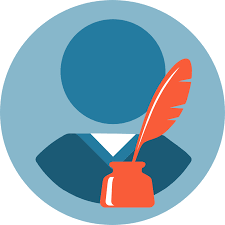The food-web, which is a term usually used to describe the groups of animals and plants found together in a water body or another habitat, is composed of organisms that are normally located together in a particular place. You might find that they live in the same type of habitat, or in the same kind of habitat at all. The link between these two kinds of habitats is called the food-web. In this food-web, there are organisms that live together, and some that do not.
In order to figure out what a food-web is, you need to know what food-web is, and why we are in one. A food-web is the largest aggregation of organisms in a given area. Animals, plants, fungi, bacteria, parasites, crustaceans, and insects are all in this area. There is more than one food-web for each organism.
In a food-web, you might have organisms that are scavengers, while there are other organisms that feed on the dead matter. Other organisms might be herbivores, or those that are hunters. And, the fact that there are parasites, predators, and scavengers, helps keep the balance of this community of organisms.
The food-web, in addition to creating a balance, also helps regulate the overall health of the ecosystem. Sometimes, there are outbreaks of a disease, while other times, there are epidemics. This helps to control these outbreaks, and sometimes, it helps to control these epidemics. If this food-web does not hold together well, there might be disease outbreaks, there might be outbreaks of an animal or a plant disease, and there might be outbreaks of a parasitic infection.
If you want to learn about plankton ecology and food-web interactions, you need to find an online class that teaches plankton ecology and food-web interactions. You can find these classes at schools, universities, or online. If you take your university exam or take your test online, you might be able to earn your bachelor’s degree in this topic.
You must be very familiar with the aquatic environment in order to be successful at this type of course. In the classroom, you will learn about the types of organisms that live in the water. You will also learn about the types of habitats available in the aquatic environment.
Most of these courses teach different species, but you need to know at least one of these species in order to pass the course. You will also learn about how the water and the land work together. You will learn about how animals and plants live together, and you will learn about how they interact.
You must also know the rules for predators and scavengers. The rules for both types of organisms should be known well, so that you can properly pass your course. You also need to know the functions of predators and scavengers, including how their functions may differ from one another.
You also need to understand the interactions of both predators and scavengers. If you take an online course, you might be able to study only one aspect of this interaction, or you might need to study both aspects, so that you can better understand them. It is best to take a course in this subject that covers all the aspects of this interaction.
And, if you don’t want to take an online course, you can also take online interactive classroom lessons. An online class can be a good alternative to taking an online course because you can learn about the right way to do an experiment, and the most efficient way to complete a paper. project.


